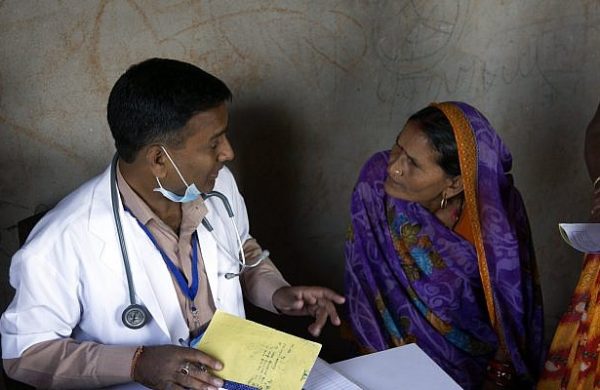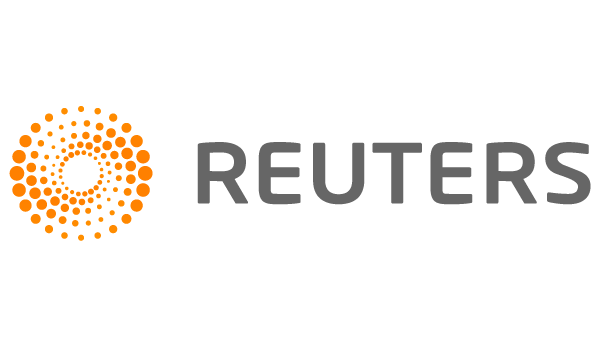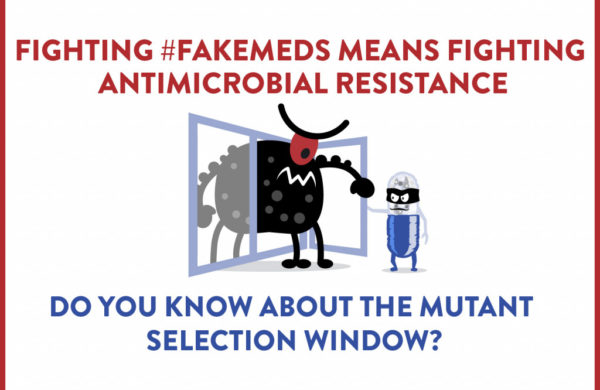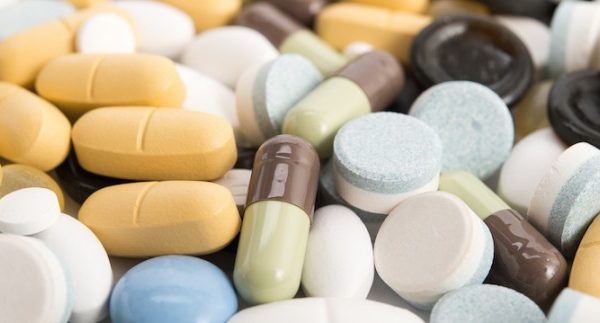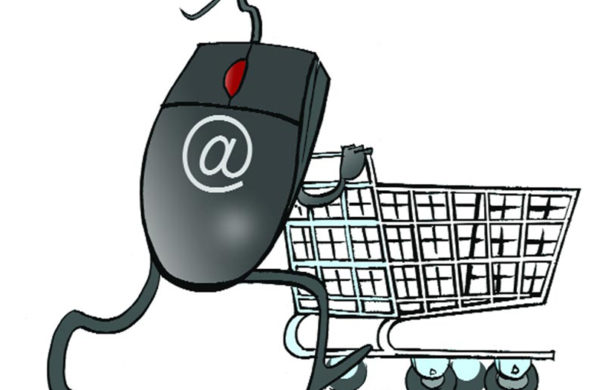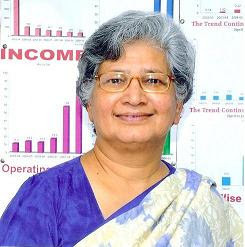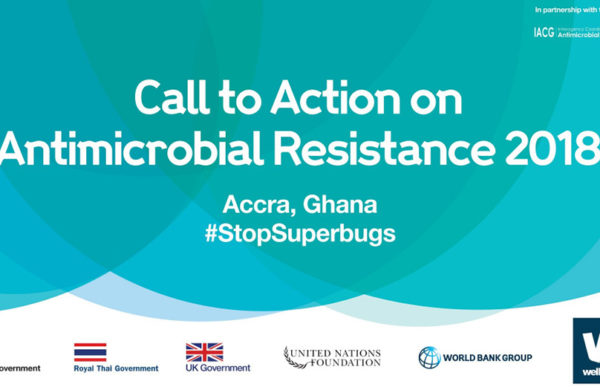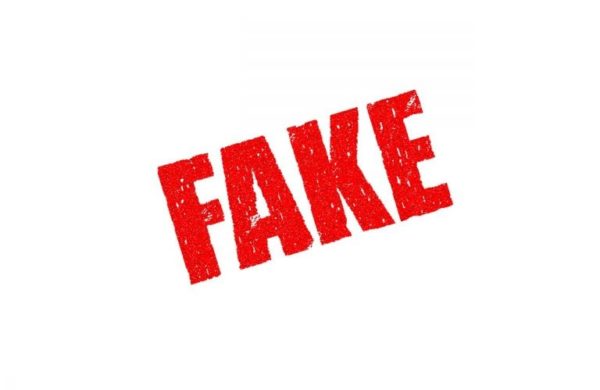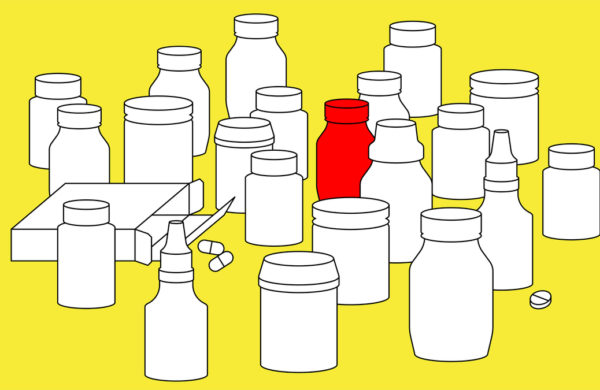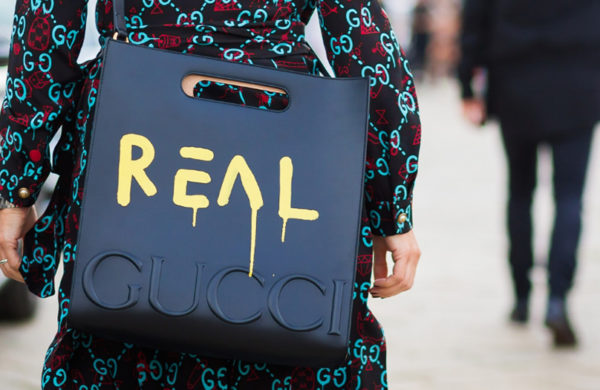Israel’s healthcare industry has been one of the top contributors to its export-driven economy. According to the annual industry report published by Israeli Advanced Technological Industries at the MIXiii-BIOMED-2018 conference in Tel Aviv, pharmaceutical and medical technology exports accounted for almost forty percent of the total high-tech exports from Israel. The report further says that on an average, as many as 131 companies were formed each year for the last decade (2008-17). However, the same report also mentions that nearly 65 companies ceased to operate each year during the same period due to various reasons. According to another report from the Israeli Export Institute, Israel’s life sciences and healthcare export declined by twelve percent in the first half of 2016. Clearly, the industry needs to find more long-term and viable export destinations to ensure that cutting-edge healthcare innovations are streamlined to the market.
A growing market with unmet medical needs:
Looking eastwards, India seems to be perfectly poised to provide a largely unexplored market. With a 1.28 billion strong population, rise in the frequency of lifestyle diseases and increasing spending capacity of the middle-class, more Israeli healthcare innovators should look towards India to solve the next “billion-dollar problemâ€. India is known to be an extremely price-sensitive market and only a third of the Indian population have some kind of medical insurance. These factors have made India an arduous market for cutting-edge technologies to penetrate. However, the Indian government recently rolled out an ambitious healthcare plan – The Ayushman Bharat (meaning “Long live Indiaâ€), with an ambition to expand the base of insured families in India. The plan stipulates to provide medical insurance cover of up to $7,000 per year to eligible families. Thus the government will provide insurance companies the premium to cover the medical expenses of over 100 million families who would otherwise not be able to pay for their hospital expenses. This scheme is regarded to be the largest healthcare scheme of the world and would surely provide a financial cushion for Israeli and other global healthcare companies to help solve the pressing healthcare issues of millions of patients.
Technology adoption can aid in narrow the gap:
India’s healthcare sector is an $81.3 billion dollar industry and is growing at a rate of 17 percent, which is unprecedented in the country’s history. This spectacular growth is fuelled by multiple factors including the rise in population, increase in purchasing power, a thriving middle class, the rise of non-communicable lifestyle diseases and rapid adoption of modern healthcare technologies. According to ICICI Lombard, a top health insurance company, top fatal diseases in India include lifestyle diseases (cardiovascular, respiratory, diabetes, diarrhea), infectious diseases (malaria, tuberculosis, dengue), cancer and mental health (leading to suicide). Combined, these disease areas can contribute up to 65 percent deaths. India is also home of the second highest number of diabetic patients in the world after China. In addition, the Indian healthcare system is also plagued by an insufficient number of healthcare professionals, low penetration of medical insurance and operational inefficiencies. However, the ground is ripe for adoption of cutting-edge technologies in healthcare. The explosive growth in the penetration of mobile phone and internet in recent years have led to many home-grown healthcare startups to gather significant traction. In fact, from 2014 to 2017 the early stage digital health companies in India have attracted over $600 million in funding across roughly 200 deals. Service companies such as online pharmacies (Pharmeasy, Netmeds), digital health (Practo, Livehealth) and wellness (CureFit) dominated the funding landscape. However, there is an apparent gap for product companies that can provide solution pertaining to disease pre-screening, diagnosis, therapeutics, telemedicine, monitoring patient behavior, etc. Together these diseases represent actionable avenues for Israeli companies to approach the Indian healthcare market.
The road, however, is not all smooth:
There are, however, certain entry barriers that might hold back foreign companies to aggressively approach India.
Firstly, as mentioned previously, India is known to be a price-sensitive market. Despite being the fastest growing major economy, India has the lowest GDP per capita among the BRICS countries – less than a quarter of that of other countries. To aggravate the situation, there is a staggering inequality in the wealth distribution between the rich and the poor. Thus, Indians tend to gravitate toward inexpensive solutions. Indian healthcare value chain and operational model have evolved around keeping costs as low as possible. Companies might need to compromise on the sophistication of their solutions to make it economically attractive in India.
Secondly, one must understand that Indian geography and demography are incredibly diverse and complex. This requires companies to develop hyper-localized business models to succeed in India. For example, companies with early-screening solutions will have better chances to succeed in Delhi due to the presence of numerous Mohalla clinics (primary health center) across the city than say, neighboring Rajasthan.
Thirdly, India is notorious for complex and intimidating bureaucratic proceedings. However, many of the erstwhile procedures have been done away with. In January 2017, the Government of India introduced a new set of medical device regulations which have been hailed by the medical device community. Most notably, if a device has been granted sales license from either US, UK, Australia, Canada or Japan, it will no longer be required to undergo clinical trials in India.
Lastly, India is the home to one of the largest generic drug market and is a major exporter of generics all over the world. The market is supported by Indian drug and patent laws that make it challenging for branded drug companies to succeed. This is a major point that the Israeli biopharmaceutical industry should take note of.
The beginning of a growing synergy:
Israel is no stranger to the Indian healthcare industry. Joining the league of defense, agriculture, and water technology, healthcare has become a major area of focus between the two countries over the years with quite a few success stories. Earlier this year, an Israeli startup – GlucoMe entered into an exclusive agreement with Apollo Sugar, a part of India’s largest chain of multispeciality hospitals to integrate its wireless blood sugar monitoring kit into Apollo’s home-care kit. In 2017, Zebra Medical Vision collaborated with Bangalore-based Teleradiology Solutions to employ’s Zebra’s proprietary deep learning analytics on radiology data to multiple healthcare centers across India. Both governments have taken pro-active roles to boost collaboration in the healthcare sector. Such initiatives, including the India-Israel Innovation Fund, numerous hackathons such as the TechEmerge challenge, aim to help Israeli startups launch pilot studies in India with the help of an Indian partner.
Envisioning brighter prospect, many Indian commercial firms are actively scouting for innovative Israeli startups which can potentially offer solutions to India’s healthcare challenges. Nuveos Tech LLP, co-founded by brothers Harit and Rishit Agrawal, seeks to bridge the gap between Israeli innovators and Indian consumers. “We form strategic partnerships with medical device companies. We not only provide access to the Indian market but also innovate the sales and distribution channels to the last mile†says Harit. Towards this end, the Mumbai based firm is already working with multiple Israeli companies. Recently, they signed a strategic agreement with Kfar-Saba based Healthwatch Ltd. to commence large-scale clinical trial for their wearable cardiac diagnostic device, Master Caution. “Along with the recent strong political and economic ties between the two countries, we believe this is a great opportunity†Agrawal brothers added.
https://blogs.timesofisrael.com/israels-bid-to-solve-indias-billion-dollar-healthcare-problem/
